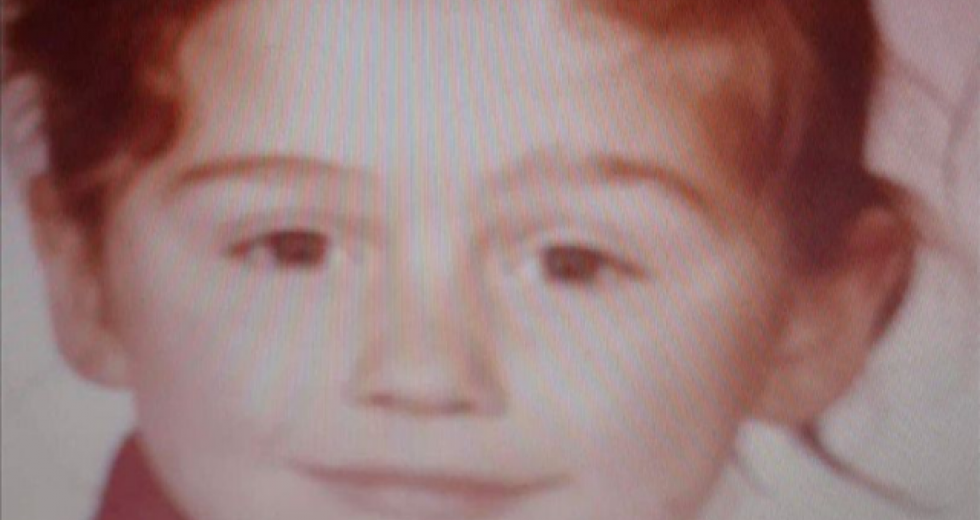
The Fornethy Conference in January, facilitated by UK Column, allowed the voices to be heard of the women who, as little Glaswegian girls, suffered and witnessed abuse as temporary residents at Fornethy House in the East of Scotland. Work continues to uncover the true story behind this anguish and trauma.
In the report on the medical inspection and treatment of schoolchildren issued by what was then the Corporation of Glasgow, Health and Welfare Department, School Health Service (1961–1975), Fornethy is listed in the section on Special Schools and Classes and Residential Schools. More specifically, it was a Section B institution: “Residential Schools”.
Nowadays, such designations come with statutory requirements for inspection to ensure that the welfare of the children is protected and the running of the institution is up to a high standard. Therefore, the research team working on this case sent the following Freedom of Information request to what is now known as Glasgow City Council:
To ask, under FoI legislation, for all reports on the monitoring and inspections of Fornethy Residential School from while it was in operation 1961–1991.
Tom Shaw's independent report Historical Abuse Systemic Review covered the period 1950–1995 and states that:
"The law specified in varying degrees of detail what should be monitored and inspected in residential schools and children's homes to ensure the children's welfare and safety. Visits by various people, professional and lay, and records were the main approaches for monitoring and inspection mentioned in the legislation and some visits were to take place at specified intervals [...]"
Therefore, if you do not hold records for these inspections and monitoring visits at Fornethy, required by law, over its thirty years of operation as a residential school, then please state whether it is the case that you never held them because they never existed, or that you do not hold them because they have been destroyed. If they have been destroyed, please provide the documentation showing when and by whom this was authorised and why.
Glasgow City Council has now responded as follows:
The Council is treating your request as a request for information under the Freedom of Information (Scotland) Act 2002. On inspecting our records, it would appear that the Council does not hold the information which you have requested. Neither does anyone else hold it on our behalf.
Accordingly, we are unable to comply with your request in terms of section 17(1)(b) of the Act. Fornethy House was not registered as a Statutory residential school. Our understanding is that it operated as a respite home for children to take holidays or breaks. This means that at that time it would not have been subject to inspection. [Emphasis added]
Further information on the legal framework pertaining at the time when Fornethy House received girls temporarily from Glasgow is available in the Tom Shaw report Residential Schools and Children’s Homes in Scotland 1950 to 1995—An independent review led by Tom Shaw (Crown Copyright 2007), on pages 79–80:
The 1987 Regulations [The Social Work (Residential Establishments—Child Care) (Scotland) Regulations 1987] not only placed requirements on managers and people in charge of establishments, but also gave guidance about what arrangements a care authority had to make to put a child in residential care.
If a care authority was responsible for a child under the regulations for six weeks or more immediately before placement, it could place the child in:
- A residential establishment;
- A school within the meaning of the Education (Scotland) Act 1980 (where the child would normally reside for the duration of the placement); or
- A hospital, convalescent home, private nursing home or other establishment within the meaning of the National Health Service (Scotland) Act 1978. [Emphasis added]
Therefore, it is clear that, despite many acts, statutes, regulations and supervisory bodies, Fornethy House seemed to escape all scrutiny. It fell, for some reason, outwith the entire scope of protection offered to children in state care. It did so for thirty years, under numerous legislative environments, under two separate supervisory bodies.
This is a litany of failure that, had it not been confirmed by Glasgow City Council, would seem unimaginable.
Those tens of thousands of little girls were—not that they knew it at the time—going beyond the pale when they left Glasgow by car or taxi or bus. The noun 'pale' refers to an area within a protective barrier; that is, figuratively, the area that is enclosed and safe. So the idiom 'beyond the pale' denotes being outside protection, beyond help and in peril. Truly, the establishment in which those Fornethy girls were placed was beyond the pale.
We are thus left with many more questions:
- How is it that a residential establishment for young girls run by the state could go without any regime of inspection for thirty years, in the late twentieth century?
- Were all such residential convalescent homes (for Glasgow Corporation had many) left uninspected, or was Fornethy unique in this regard?
- Why does Glasgow City Council hold the view that Fornethy House was exempt from inspection when the reports from its legal predecessor, the Corporation of Glasgow, place Fornethy in a category—Residential Schools—that did require regular and varied forms of inspection?
- Even if Fornethy House was indeed a respite and holiday facility (and we can find no evidence that it was ever regarded as such), why would that exempt it from inspection?
- Is it credible that the Corporation of Glasgow and Strathclyde Regional Council never—during a combined period of thirty years—sought to establish whether the place to which they were sending thousands of girls was actually safe?
- Should Glasgow City Council’s position that Fornethy House was exempt from inspection due to its use prove to be incorrect, is there something else to be uncovered here: some intentional act or perverse omission?
Answers to some of these questions were subsequently found by Diane Rasmussen McAdie.

